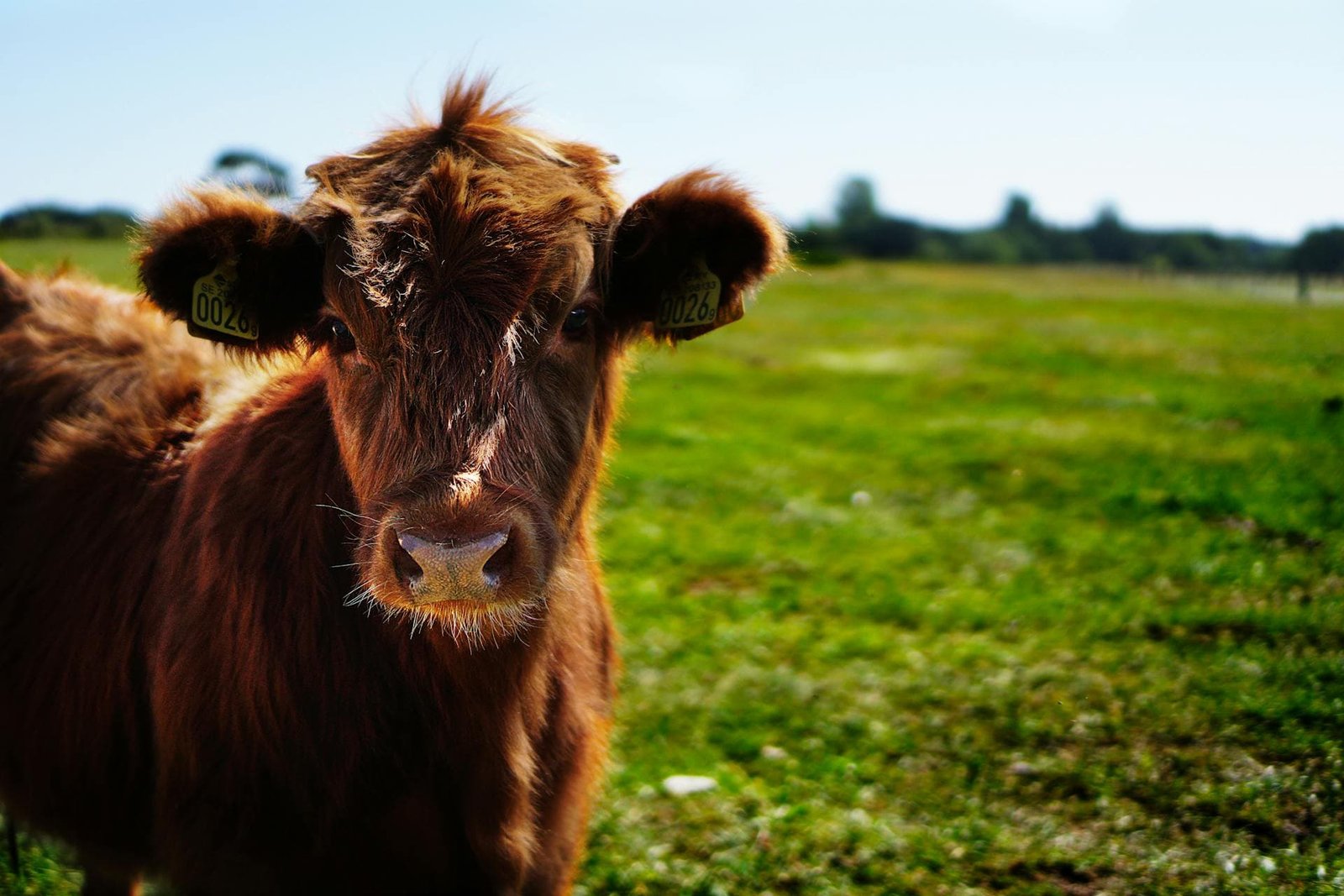TABLE OF CONTENTS
Vitamin A Deficiency
Vitamin A is essential for the regeneration of the visual purple, necessary for dim light, for normal bone growth and for normal epithelialization.
Etiology
- Primary: Diet deficiency & deficiency of precursor carotene in diet
- Secondary: Precursor carotene in diet is adequate, but it does not reach a normal tissue level due to a failure in digestion, absorption or metabolism of the animals.
- Vitamin C and E help to prevent vitamin A loss and phosphate rich in diet is inversely proportional to the vitamin A.
Risk factors
- Vitamin A deficiency occurs in all the age group and more common in intensive rearing system.
- In young animal: Deficiency may occur congenital or postnatal and it depends on nutritional status of the dam.
- In adult animal: Deficiency due to providing dry fodder for long period and or in dry period.
Pathogenesis
Vitamin A is essential for the regeneration of the visual purple, necessary for dim light, for normal bone growth and for normal epithelialization.
Vitamin A deficiency mostly cause normal functional disturbance in all the species, some of them as follows:
(a) Night blindness / Night vision
- It decreases the ability to see in dim light, because Vit A deficiency interference with regeneration of visual purple.
- For the treatment needs double/ twice the level of Vitamin A.
(b) Increase CSF pressure
- It mostly seen in calves
- Increased CSF pressure is due to impaired absorption of the CSF due to reduced tissue permeability of the arachnoid villi and thickening of the connective tissue matrix of the cerebral duramater.
- Increased CSF pressure cause syncope and convulsion
(c) Affects bone growth
- Vitamin A is necessary to maintain osteoclast and osteoblastic activity of the bone.
- Deficiency of Vitamin A: Decreases osteoblastic activity leads misshapen of the long bones & distortion and herniation of the brain and increases CSF pressure up to 4-6 times than normal, which results incoordination and syncope.
(d) Epithelial tissue degeneration
- Vitamin A deficiency leads to atrophy of all the epithelial cells, especially
- secretary epithelial cells.
- The secretary cells are gradually replaced by stratified keratinizing epithelial cells. These stratified keratinizing epithelial cells are non-secretary epithelium. The replacement of epithelium mostly noticed in salivary gland and teeth which cause placental degeneration, xeropthalamia and corneal ulcers in the vitamin A deficient animals and also it reduce thyroxin production.
(e) Fetal abnormalities
- Vitamin A is essential for organ development during growth of fetus.
- Vitamin A deficiency cause multiple congenital defects like fails to develop eyes and also blindness and hydrocephalus.
(f) Alter immune mechanism
- Pro vitamin for Vitamin A are alpha, beta and gama carotene
- Vitamin A deficiency – reduce beta carotene – cause reduce host defense mechanism which make the animals susceptible to infection.
Clinical signs
- Night blindness – inability to see in dim light
- Xeropthalamia – Srous mucoid disease from eyes followed by corneal keratinization, clouding, ulcer and photophobia.
- Skin – Rough dry coat and shaggy appearance, bran like deposition (cattle) and seborrhic dermatitis.
- Hoof – dry, scaly hooves with multiple vertical cracks
- Decreased body weight – Inappetence, weakness, stunted growth and emaciation.
- Infertility- low productive performance:
- Male – Decreased sex libido, sperm production and testicle size and testicle growth.
- Female – Abortion, RFM and abortion
- Neurological defects:
- Paralysis of skeletal muscle due to damage of peripheral nerve root.
- Encephalopathy/ convulsion – due to CSF pressure
- Blindness – due to constriction of optic nerve compression or damage
- Congenital defect:
- Anophthalmos – No eye
- Microphthalmos – small eye
- Hydrocephalus
- Anasarca
Diagnosis
- History and clinical signs
- Plasma Vitamin A – ideal diagnostic:
- Normal: 25-60 µg/dl in cattle
- Deficiency: 18 µg/dl) in cattle
- Plasma retinol
- Plasma carotene
- Liver Vitamin A estimation
- Increased CSF pressure
Treatment
- Vitamin at 440 IU/kg (usually Vitamin A is required 10-20 time more than normal requirement).
Control
- Dietary supplement.
- Daily maintenance requirement at 40 IU for all the species.
- Parenteral injection of Vitamin A at 3000-6000 IU/kg b.wt IM at 50-60 days intervals and for pregnant animal 40-50 days before parturition.
- Oral Vitamin A at 2.8 mg/kg b.wt single bolus


